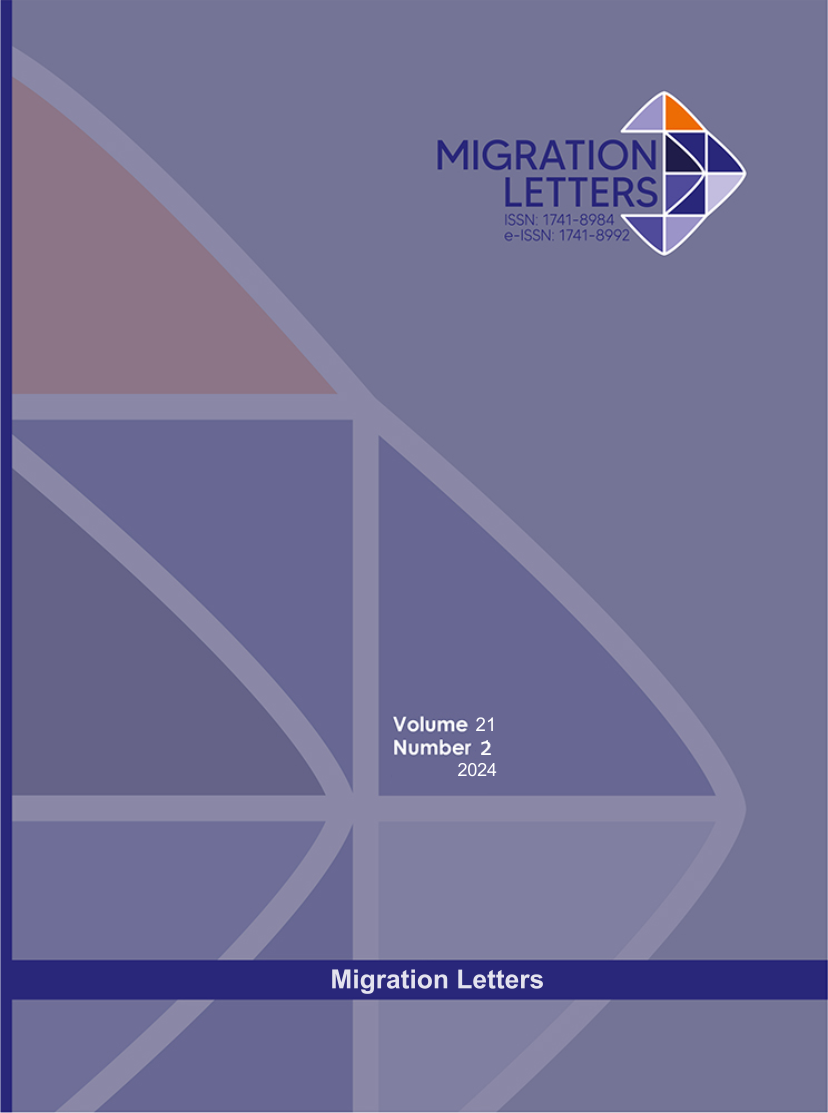Hematoxylin Eosin and Gomori Methenamine Silver Staining to Analyze Endemic Mycosis
DOI:
https://doi.org/10.59670/ml.v21i2.6212Abstract
Fungal infections affect over one billion people annually, causing more than 1.6 million deaths, yet they often go undiagnosed by medical professionals (Bongomin et al., 2017). Misdiagnoses, such as fungal infections being mistaken for tuberculosis, have been reported (Ekeng et al., 2022). Lung diseases and cancers, including endemic mycoses, are prevalent in Indonesia (International Agency for Research on Cancer). Endemic mycoses are fungal infections that target internal organs like the lungs, digestive tract, or sinuses (Casadevall, 2018). Histopathology through tissue biopsy is a rapid method for diagnosing fungal infections (Ghosh et al., 2019). Staining of histological images can enhance objectivity (Tosta et al., 2019). This descriptive cross-sectional study investigates the utility of Hematoxylin Eosin (HE) and Gomori Methenamine Silver (GMS) staining in detecting fungi in endemic mycoses histopathological tissue sections. All available samples were used. HE and GMS staining were applied to microscope slides and examined at 450-1000 times magnification by three independent academics. Results were categorized as clear, unclear, or non-visible. Out of the total samples, GMS clearly detected fungi in four cases, while HE showed no fungi in two cases, unclear results in two cases, and clear results in none. In conclusion, Gomori Methenamine Silver staining (GMS) outperforms Hematoxylin Eosin (HE) staining in detecting endemic mycoses in histopathological tissue.
Metrics
Downloads
Published
How to Cite
Issue
Section
License

This work is licensed under a Creative Commons Attribution-NonCommercial-NoDerivatives 4.0 International License.
CC Attribution-NonCommercial-NoDerivatives 4.0






